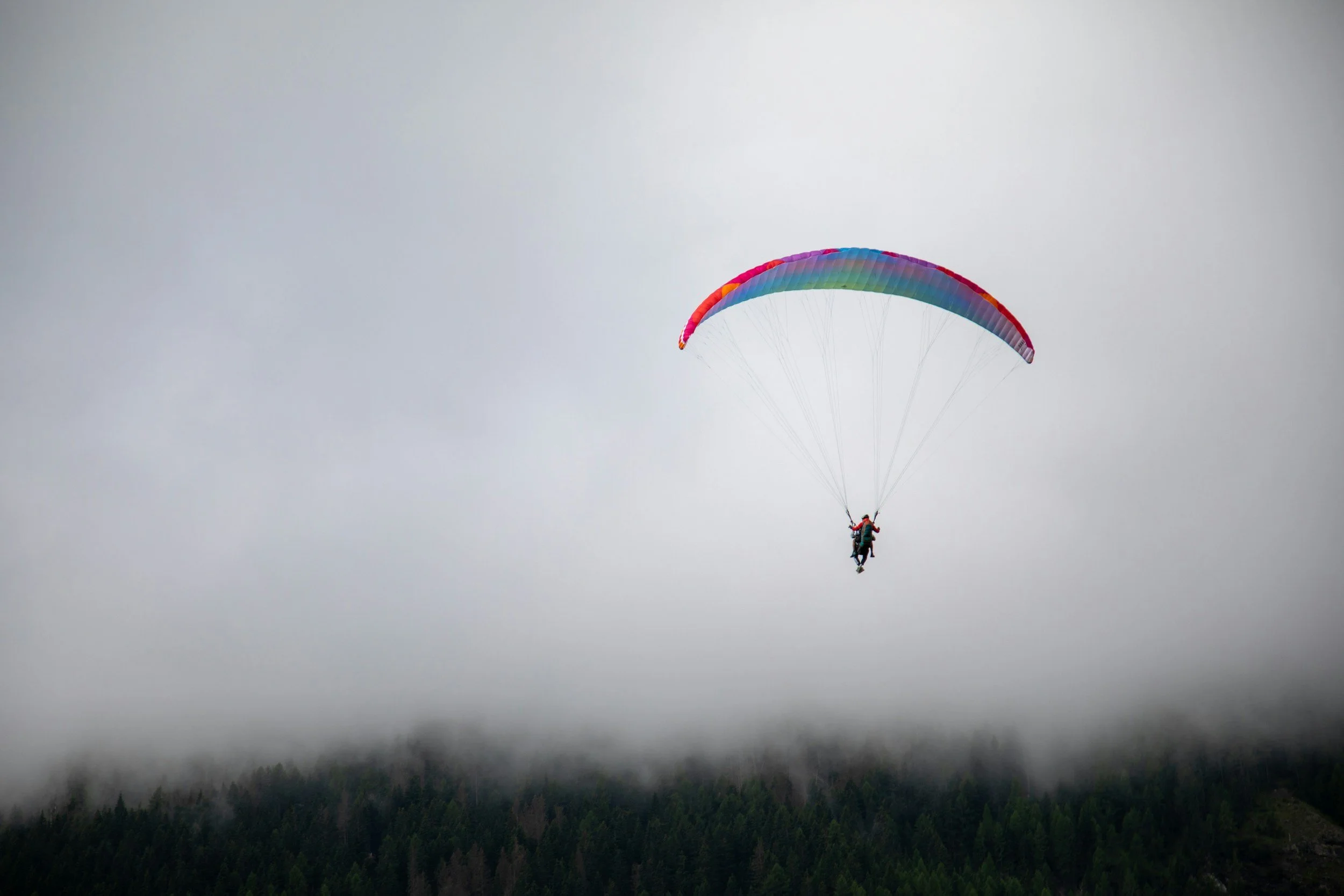By Mariana Abdala
If there is one capability that I think to be the most valuable for a product manager, it’s the ability to navigate ambiguity under pressure. Product managers are rarely asked to decide with perfect information. In fact, many of the teams we train and coach find themselves in situations where they’re expected to make consequential, highly visible decisions when there aren’t clear signals, comprehensive data, where markets are shifting, and stakeholders want certainty that does not exist. In these moments, professionals who are stepping into higher level product roles, or who are new to product organizations, find themselves unequipped and working from a place of reactivity, fearing they will make wrong decisions or disappoint stakeholders and lose support. The real challenge is not eliminating uncertainty. It is learning how to operate effectively within it.
Uncertainty is not a failure of planning. It is a condition of product work in highly functioning Agile teams, and these teams, building in fast-changing environments, and operating at optimal, mature levels, must accept that ambiguity is permanent, not temporary.
Oftentimes, before we design workshops and coaching, we run surveys and interviews to better understand a team’s challenges and pain points, and to get to know the teams we’re training and advising. Even in the earliest stages of working with teams, we observe that strong product leaders distinguish themselves not by waiting for clarity in situations, but by developing disciplined ways to decide before clarity arrives. They rely on their experience, their tenure, and their internalized frameworks to make adjustments to forecasts, recalibrate priorities, and above all, adapt their communications to stakeholders, team members, and colleagues in a way that fosters alignment, even at times where not everyone is in agreement. You can disagree and still realign your priorities.
Why Data Alone Is Not Enough
Do not assume that better data or more data will resolve uncertainty. I always prefer to have more information and more inputs, but while data obviously reduces risk and increases confidence, it doesn’t necessarily remove ambiguity or uncertainty. What we’ve observed in teams that have varying levels of experience and maturity in the product role is that they don’t operate cohesively in situations where, for instance, metrics are actually lagging reality, customer behavior is changing and evolving while you’re midway through development, and competitive dynamics evolve faster than reports can update.
When teams delay decisions until data feels complete, they often miss opportunities or allow momentum to stall. Product leadership requires judgment that goes beyond numbers. As I mentioned above, some frameworks can help provide structure when intuition alone feels insufficient.
Expected Value as a Thinking Tool
Expected value offers a practical way to reason through uncertainty. Instead of asking which outcome is most likely, teams ask which decision creates the greatest overall value when probability and impact are considered together.
For example, a risky feature launch with a small chance of significant upside may be more valuable than a safe iteration with limited impact. Expected value reframes debate away from fear and toward trade-offs.
The goal is not mathematical precision. It is clarity of reasoning. By making assumptions explicit, teams can debate probabilities and consequences openly rather than arguing preferences implicitly.
Decision Trees for Complex Choices
When decisions involve multiple paths and dependencies, decision trees help teams visualize options. Mapping decisions and possible outcomes clarifies where uncertainty truly lies and where it does not.
Decision trees are especially useful when teams face irreversible choices. They encourage thinking several steps ahead rather than optimizing only for the next move. This forward-looking perspective helps teams avoid local optimizations that create long-term constraints.
More importantly, decision trees support shared understanding. They turn abstract risk into visible structure, making alignment easier across functions.
Communicating Decisions Transparently
Under uncertainty, how decisions are communicated matters as much as the decisions themselves. Stakeholders may disagree with an outcome, but they are more likely to support it when the rationale is clear.
Strong product leaders explain:
What was known at the time
What assumptions were made
What alternatives were considered
What risks were accepted
What signals will prompt reevaluation
Transparency builds trust even when results are imperfect. It shows that decisions were thoughtful, not arbitrary.
Revisiting Decisions Without Rewriting History
I once held a product leadership role that reported directly to a COO with minimal product management experience but with clearly strong operational chops. There were moments in which I needed to report findings or dependencies that introduced uncertainty to our release schedule, and that required us to change SOPs. These were not easy conversations, especially with an operations-focused leader. My team was needing to reverse or course-correct decisions that required us to change processes, and that made operations and support teams uncomfortable. We were learning and incorporating insights, but it felt disruptive to the existing ways of working. The biggest takeaway for me at that time was that revisiting decisions, approaching those decisions with humility, and clearly reporting a rationale for the changes will produce less resistance or scrutiny from stakeholders. Some decisions will not work as intended. Revisiting them should not feel like failure.
Teams that operate well under uncertainty define review points in advance. They agree on what evidence would justify changing course. This prevents hindsight bias and protects teams from rewriting history when outcomes are disappointing.
A decision made responsibly with limited information can still be the right decision, even if results change later.
The Takeaway
I hope the framework I provided above can help navigate decision-making under uncertainty. I don’t want product managers to feel like it’s about confidence theater. It is about structured judgment and effectively reporting upward and outward.
Product managers who use frameworks like expected value, decision trees, and transparent communication structures do not eliminate risk. They make risk visible and manageable. They replace indecision with intent and intuition with shared reasoning.











